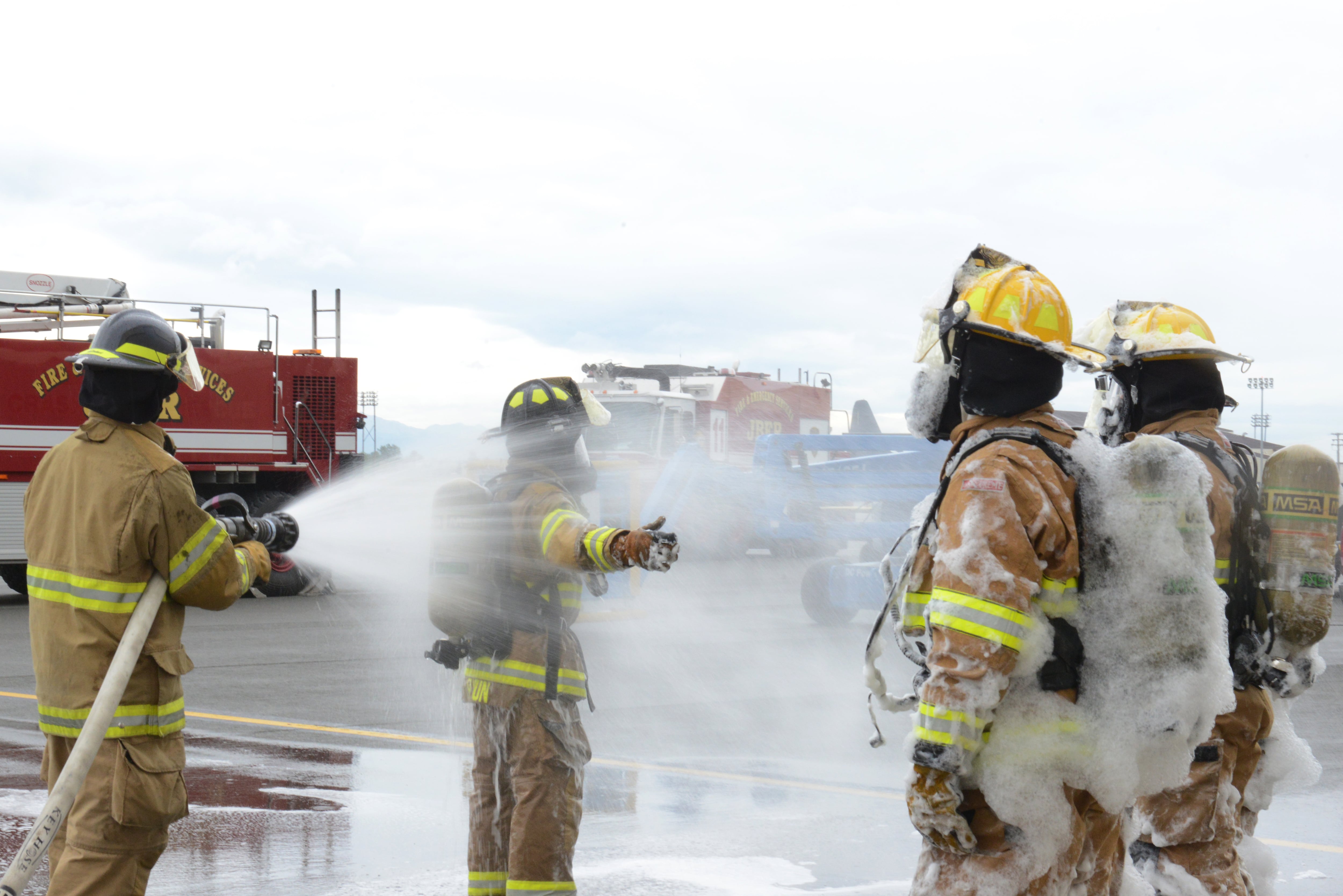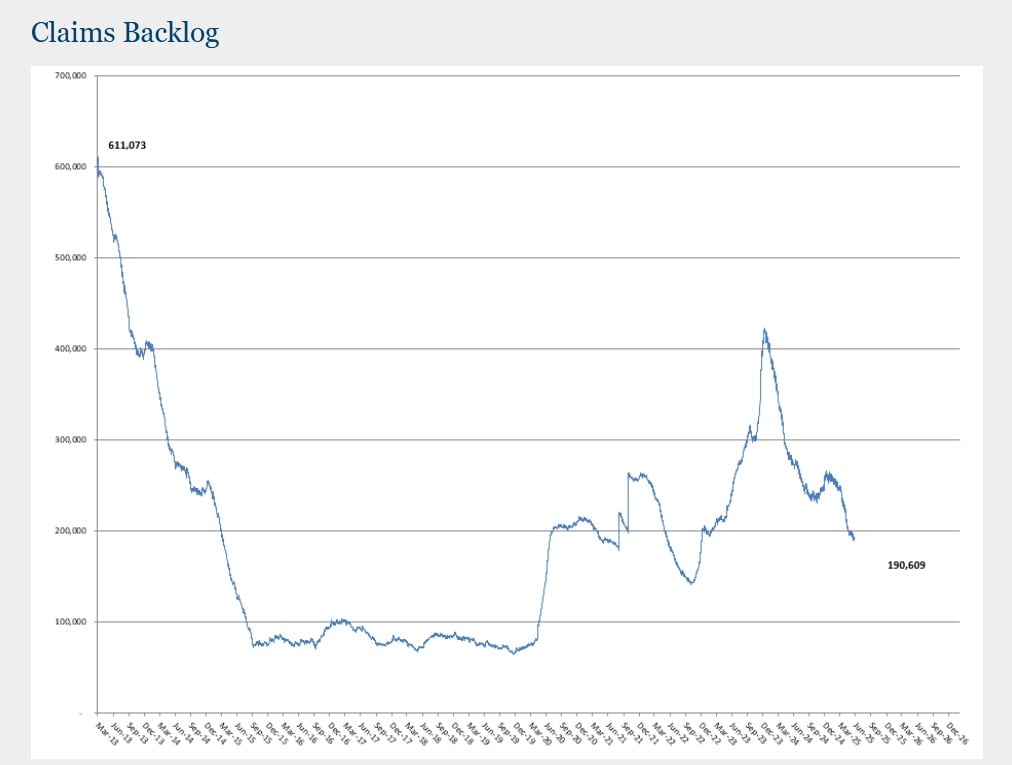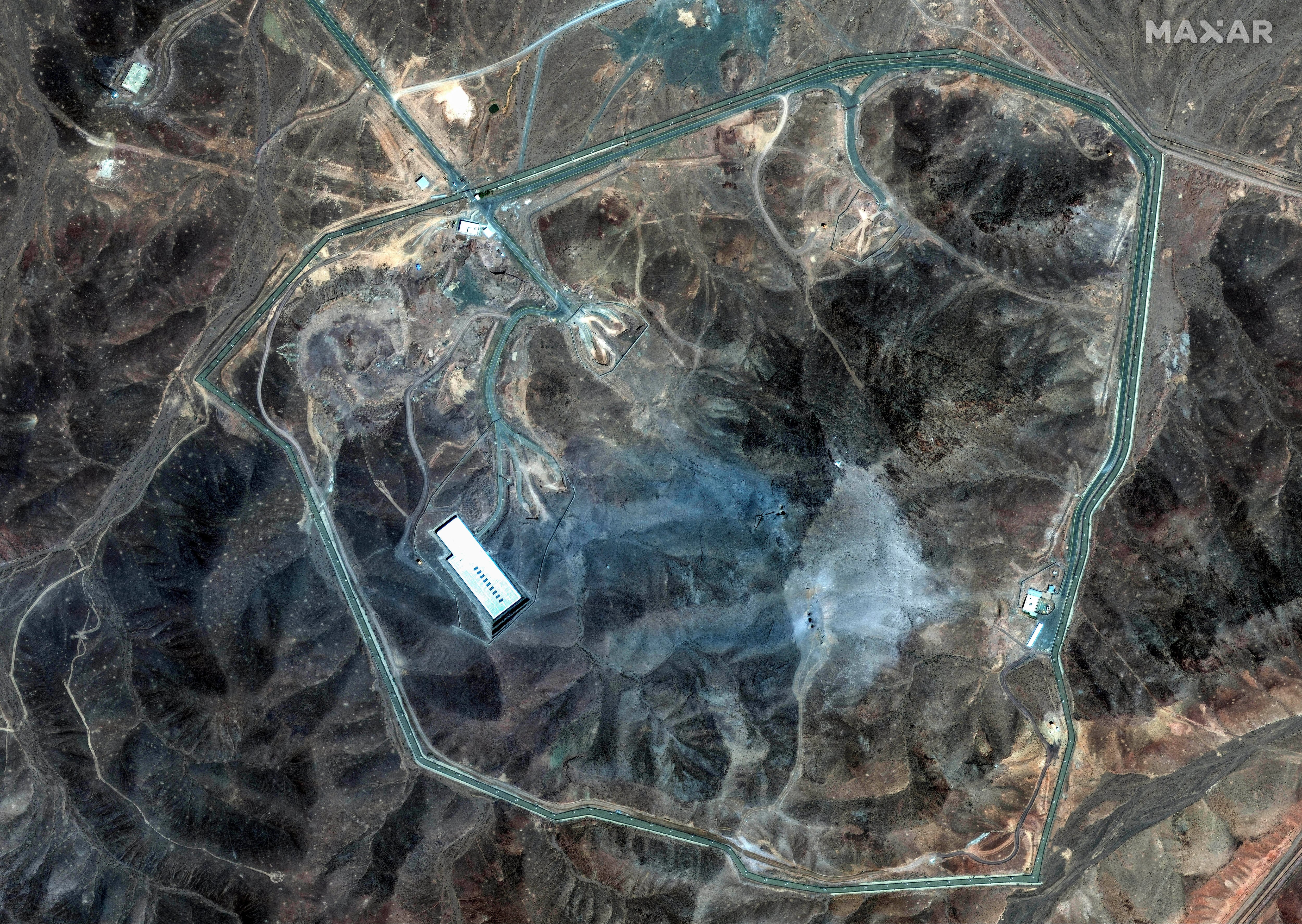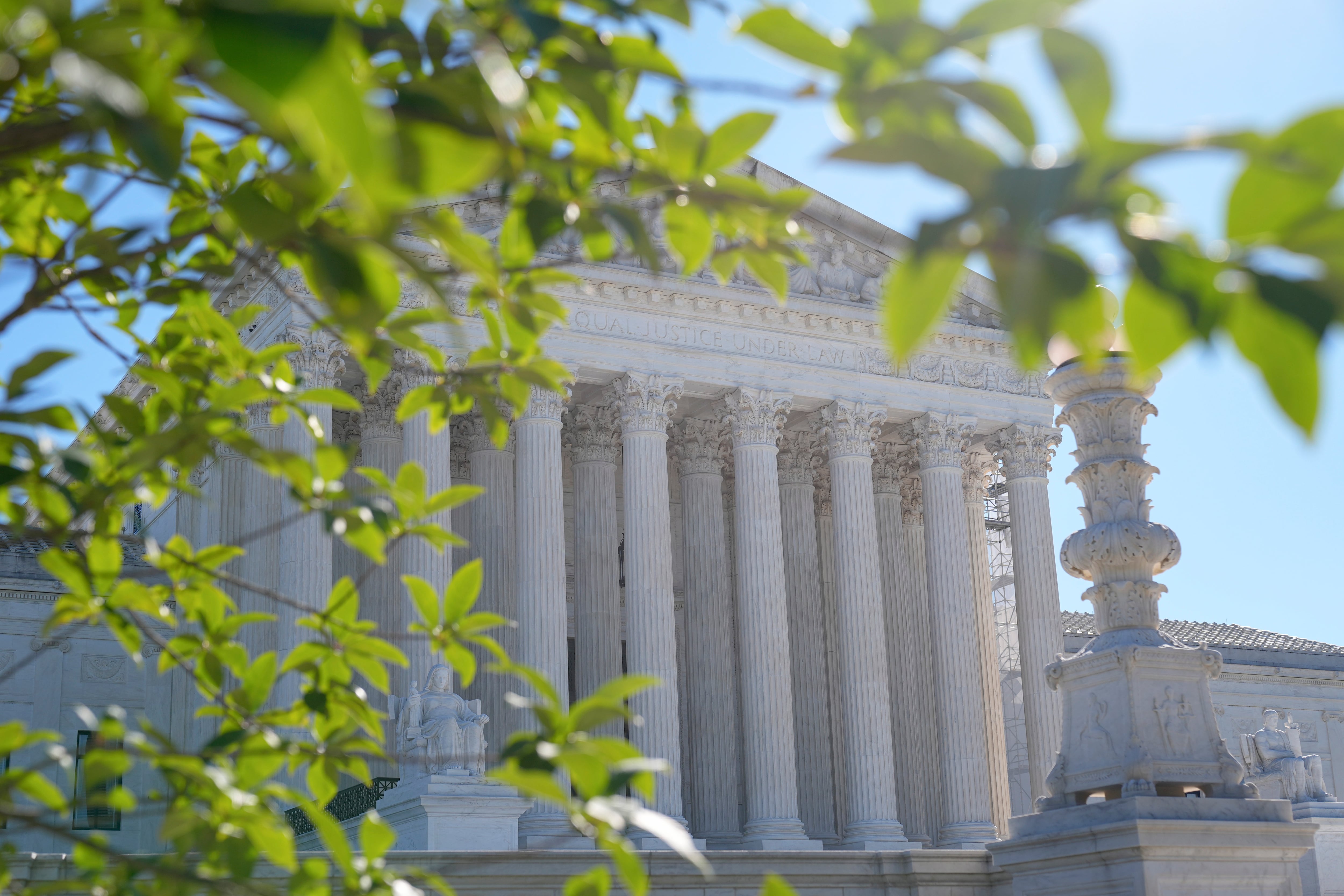Congress is worried about dangerous chemicals found near military installations and is pushing for a series of changes to counter the chemicals’ impact on communities, amid opposition from the Trump administration to some proposals addressing the issue.
Perfluoroalky and polyfluoroalkyl, referred to as PFAS, are linked to cancer and can be found in items such as non-stick pans and food packaging, among other common household goods. The military employs the substances in firefighting foams developed in the 1960s, and the substances have now infiltrated water systems on military bases and in surrounding areas.
In total, PFAS contamination has been detected on nearly 200 military installations, according to a new report from the Environmental Working Group. The environmental advocacy group’s new report identified 175 military installations and sites across the nation as having contamination.
Base like Elmendorf Air Base in Alaska and Fort Eustis in Virginia were recently added to the list.
“The EPA and the Department of Defense have utterly failed to treat PFAS contamination as a crisis demanding swift and decisive action,” Ken Cook, president of the Environmental Working Group, said in a statement July 11.
“It’s time for Congress to end new PFAS pollution and clean up legacy contamination,” Cook said.
Here’s what each chamber of Congress is proposing to tackle PFAS contamination:
House
The Democratic-controlled House version of the National Defense Authorization Act, which passed the lower chamber on July 12, includes several critical amendments cracking down on PFAS contamination on military bases. Notably, the measure calls for listing PFAS as a hazardous substance, paving the way for the Pentagon to pay for cleaning up contaminated areas under the Comprehensive Environmental Response, Compensation and Liability Act.
The law, known as the Superfund law, requires those responsible for causing contamination to foot the bill for cleaning up polluted sites. Rep. Debbie Dingell, D-Mich., who spearheaded the NDAA provision, claimed that the military has resisted cleaning contaminated areas because PFAS is not designated a hazardous substance.
“We’ve got to stop kicking the can down the road,” Dingell said in a statement on July 12. “We know this is a hazardous material. We know it has harmful effects. We need to start cleaning it up. What’s in the bill is only a beginning.”
Additionally, the legislation calls for eliminating the firefighting foam by 2025 and would instruct the Government Accountability Office to examine the Pentagon’s response to the contamination on military installations.
The U.S. Geological Survey, a government organization providing science about the natural hazards that threaten lives and livelihoods, would also receive $5 million to administer a nationwide sampling for the chemical contamination in the environment.
Furthermore, the House version also includes a provision championed by Rep. Mike Turner, R-Ohio, requiring the Pentagon to share monitoring data of PFAS contaminants detected on military bases with local cities and municipal drinking water facilities near the bases.
“Our base, like many others around the nation, continues to deal with the detection of PFAS in our groundwater,” Turner, whose district includes Wright-Patterson Air Force Base, said in a July 11 statement. “The most basic need of any community is access to safe, clean water.”
Despite the passage of Turner’s amendment, Turner joined other members of his party and refused to vote for the comprehensive defense authorization bill. Democrats ultimately passed the measure by a 220-197 margin.
Senate
The Republican-controlled Senate version of the defense authorization bill contains a key difference from the House version: it fails to label PFAS as hazardous substances under the Superfund law.
While lawmakers like Sen. Tom Carper, D-Del., are pushing to designate it as such, the Senate has approved some alternative options supporters say will help curb dangers associated with the chemicals.
For example, the legislation says Pentagon funds may not be used to purchase the firefighting foam. Likewise, use of the firefighting foam must be discontinued no later than October 2023, and outstanding stocks must also be disposed of no later than then. Exemptions apply in cases where the foam is used on ships.
The legislation also directs the Environmental Protection Agency to improve access for the public about PFAS emissions by adding PFAS to the EPA’s Toxic Release Inventory database, among other things. Additionally, the EPA must provide instructions on how to get rid of PFAS, and implement a national standard for PFAS substances in drinking water, under the Safe Drinking Water Act.
“The use of these chemicals in firefighting foam has undoubtedly saved lives, but the cruel irony is that those same life-saving chemicals can endanger lives when they wind up in a glass of drinking water,” Carper said in a statement on June 27, the same day the Senate approved its version of the NDAA.
The Senate NDAA passed by an 86-8 margin.
The White House has threatened to veto the NDAA due to several provisions inserted in the House’version — including those related to PFAS.
In particular, the White House said it “strongly objects” to the House proposal to phase out using the firefighting foam by 2025.
“The Administration strongly objects to this provision, which prohibits DOD from using fluorinated fire-fighting foam before a viable equivalent replacement has been identified,” the White House’s Office of Budget and Management said in a statement. “DOD continues to pursue aggressively a fluorine-free foam, which must be equivalent in fire-fighting performance and workforce safety as the military specifications.”
Now that both chambers have approved their defense authorization bills, a conference committee will hammer out differences the next several weeks. The goal is to sent a final version to the White House. Pentagon funding expires on Oct. 1.









